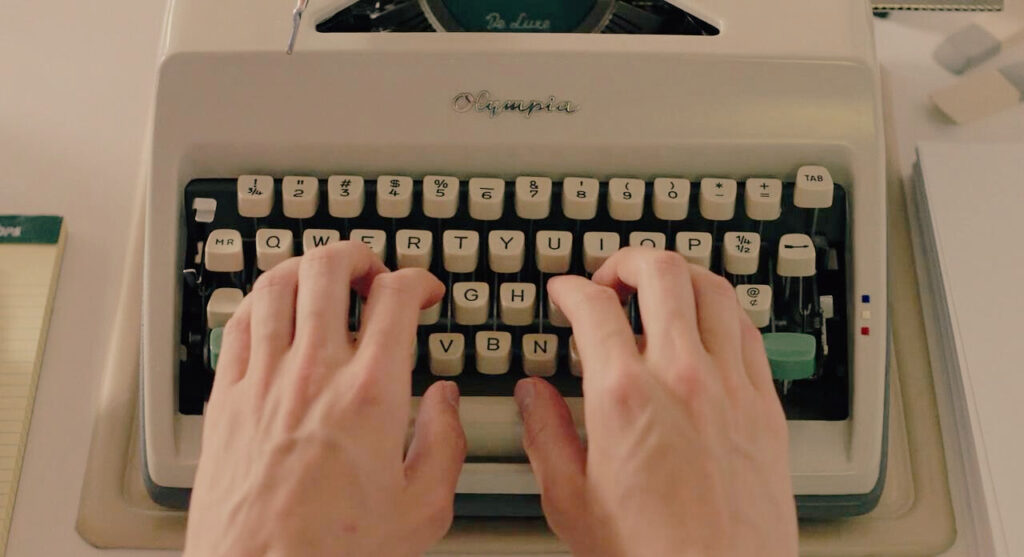Storytelling is a timeless art, and at the heart of it are a set of powerful techniques that captivate, engage, and immerse audiences in the world of a story. These techniques, honed through centuries of human creativity, have evolved with the mediums they serve, from literature to film, and now to the digital age. In this article, we’ll explore a range of storytelling techniques that writers, filmmakers, and artists use to weave narratives that leave a lasting impact.
From ‘Chekhov’s Gun,’ a subtle hint that pays off later in the story, to ‘Foreshadowing,’ the art of dropping breadcrumbs for the audience, these techniques shape the ebb and flow of storytelling. ‘Macguffins’ drive characters and plots forward, while ‘Red Herrings’ keep audiences guessing. The ‘Kuleshov Effect’ illustrates the power of context in cinematic storytelling, while ‘Unreliable Narrators’ add layers of complexity to the narrative.
We’ll delve into how the ‘Brechtian Effect’ encourages critical thinking and active engagement with a story, while ‘Eisensteinian Montage’ explores the art of juxtaposing images for emotional impact. ‘Suspension of Disbelief’ is the unspoken agreement between creators and audiences to accept the extraordinary, and ‘The Principle of Parsimony’ reminds storytellers to be economical with their elements.
Finally, we’ll touch on the ‘Law of Conservation of Details,’ emphasizing the importance of every detail in a story. Together, these techniques form the essential toolkit for storytellers, allowing them to craft immersive, thought-provoking, and unforgettable narratives.
Let’s dive deeper into the world of storytelling techniques and see how it works with examples of our favorite movies.



